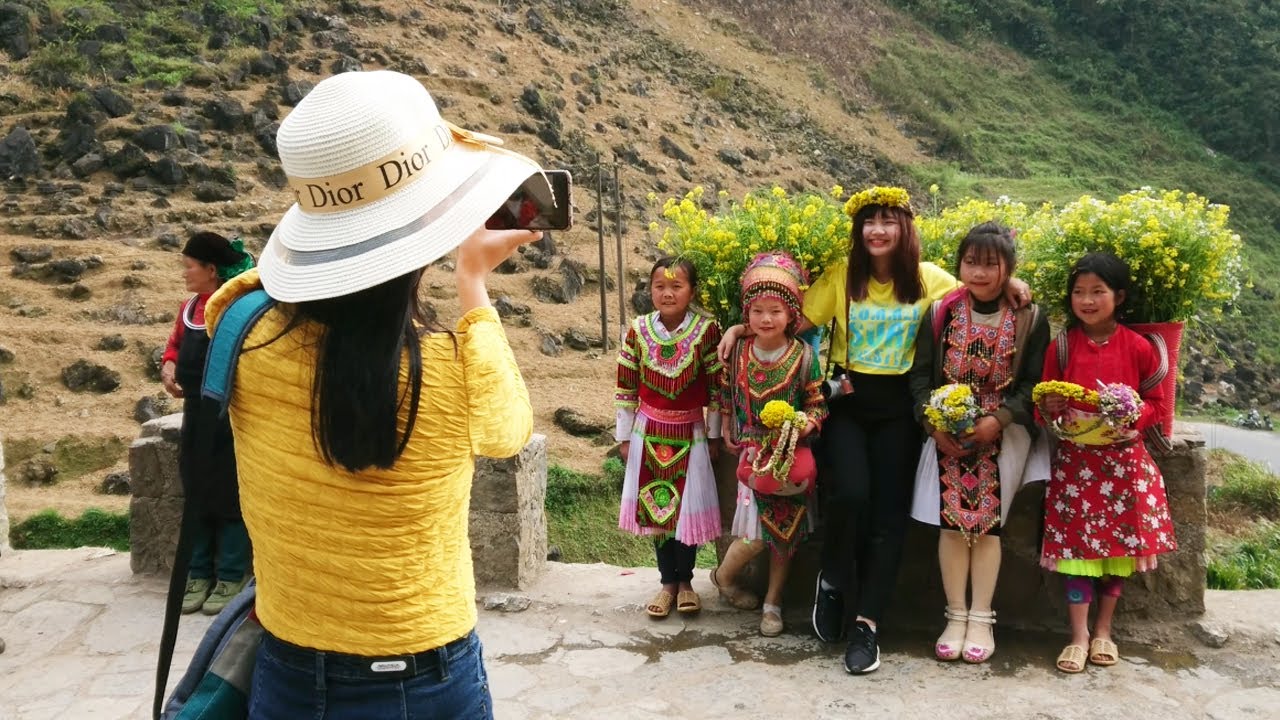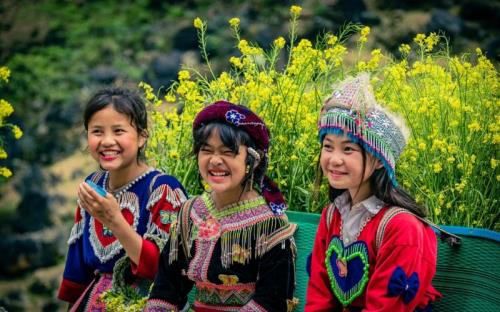From stone-walled hamlets on the Dong Van Karst Plateau to pine valleys near Yen Minh, ethnic costumes in Ha Giang are not just “outfits”-they’re living archives of identity and craft. Each community weaves stories into hemp, cotton, and silk; dyes with indigo and forest plants; and hand-stitches motifs that carry wishes for luck, protection, and prosperity. This guide breaks down the most visible costumes you’ll encounter (Hmong, Red Dao, Lo Lo, Tay, Nung, Giay, Pa Then, Pu Peo, Co Lao), explains common meanings behind colors and patterns, and shows you where to see and buy textiles responsibly-with photo etiquette, care tips, and a helpful FAQ.
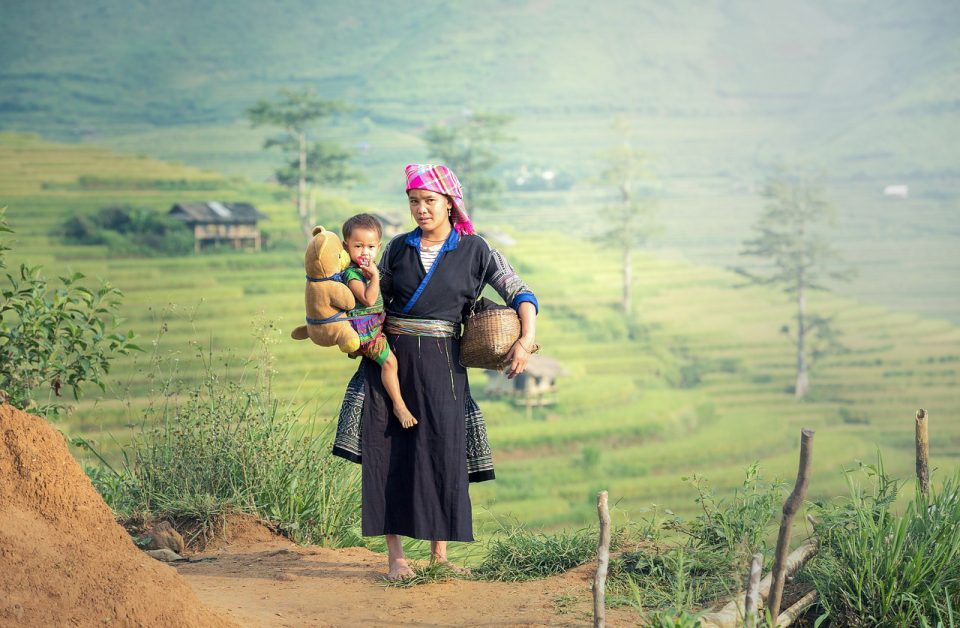
Perfect Tours for You:
The big picture: how to read an outfit
-
Fiber & dye: Hemp (Hmong/Lo Lo), cotton (Tay/Nung/Giay), plant dyes (especially indigo).
-
Techniques: Batik with beeswax (Hmong), hand-embroidery and couching (Red Dao, Lo Lo), appliqué and reverse appliqué (Hmong/Lo Lo), woven bands and tassels (multiple groups).
-
Symbols & colors: Geometric lines = mountains and fields; spirals = life cycles; red for luck/protection; indigo/black for the earth and humility; silver jewelry to “guard” the body and add status.
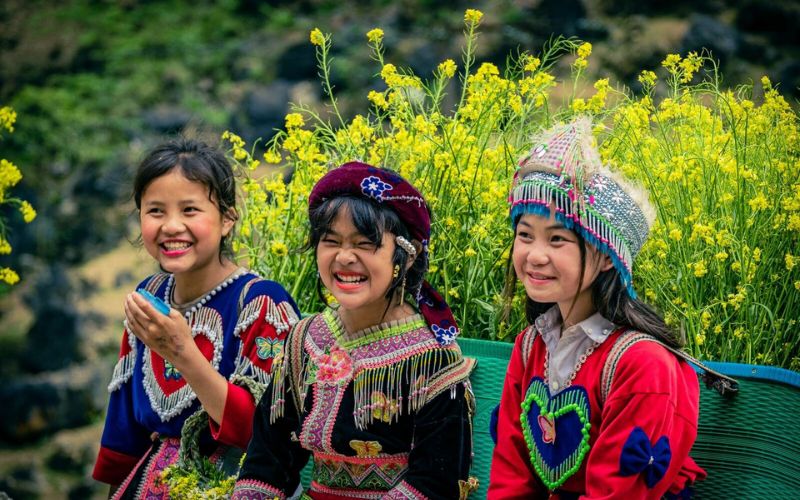
Who wears what: a traveler’s field guide
Hmong (White/Black/Flower lineages in various valleys)
-
Look: Deep indigo or black jackets, pleated or panel skirts (varies by subgroup), dense batik motifs in white/indigo, bright appliqué, and heavy silver neckpieces.
-
Details to spot: Wax-resist batik lines on hemp, triangle/appliqué borders, sashes with red and green bands.
-
Where you’ll see it: Dong Van, Meo Vac, Sung La, Lung Tao, and village markets.

Red Dao (Dao Do)
-
Look: Dark indigo trousers and jacket covered in red trims with meticulous embroidery; distinctive red headscarf/turban often decorated with coins.
-
Meaning: Red wards off bad luck; coin decorations reference prosperity and lineage.
-
Where: Nam Dam (Quan Ba) and surrounding Dao villages.

Lo Lo (Lo Lo Chai near Lung Cu)
-
Look: Among the most colorful in Ha Giang-dense beadwork, tiny triangular appliqué, rows of bright panels over a black base.
-
Signature: Time-intensive handwork; shirts can weigh surprisingly heavy from beads and coins.
-
Where: Lo Lo Chai and nearby hamlets around Lung Cu Flag Tower.
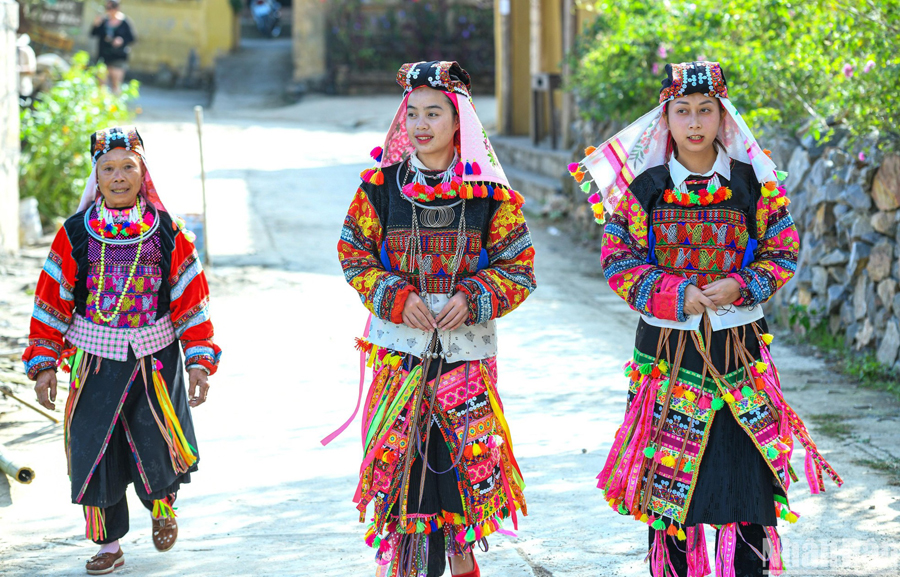
Tay
-
Look: Minimalist elegance-indigo áo năm thân (five-panel tunic), black trousers, simple headscarf.
-
Character: Less decoration, more drape and practicality; subtle embroidery at hems.
-
Where: Valleys around Quan Ba, Yen Minh, Bac Me.
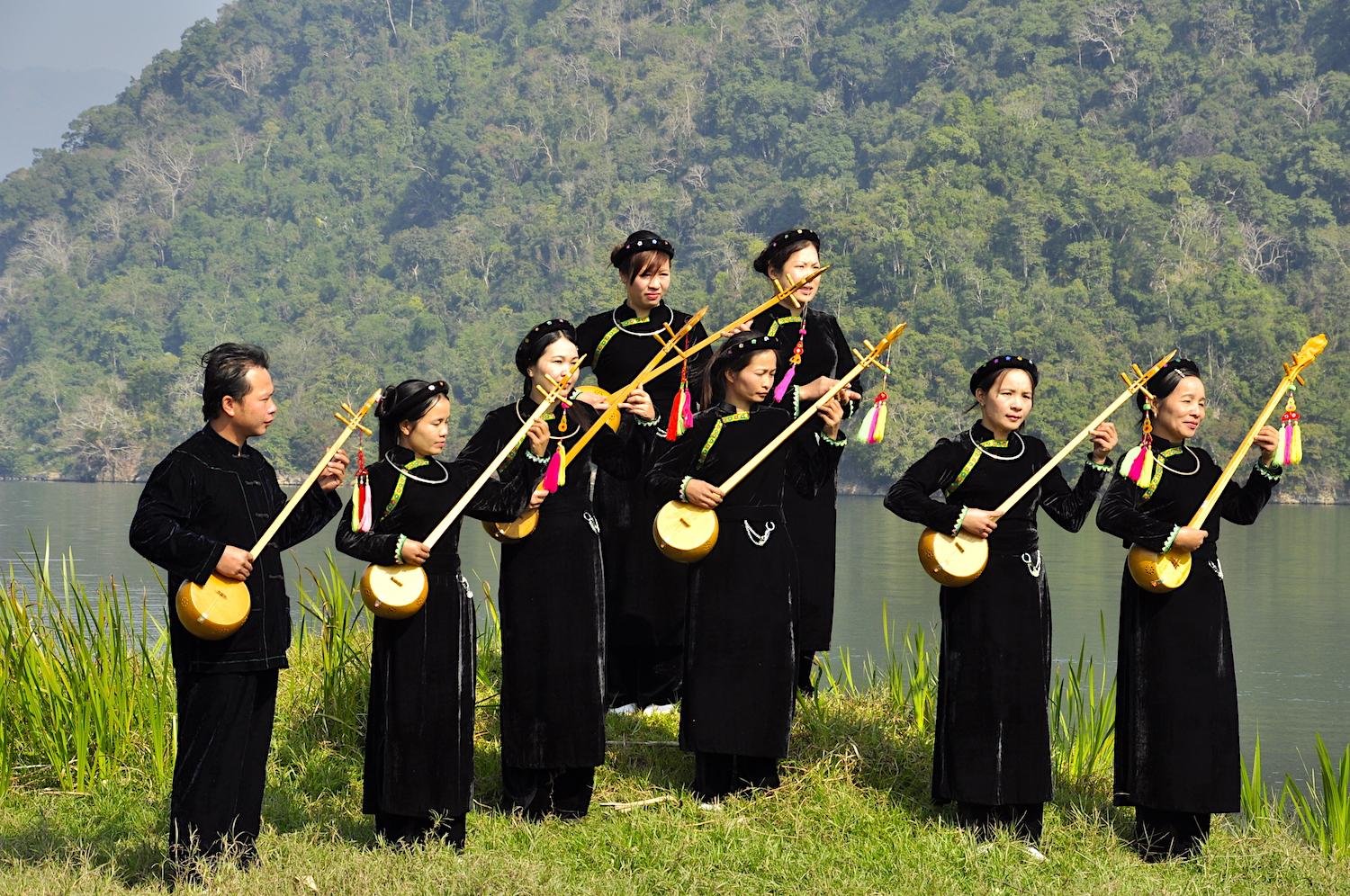
Nung
-
Look: Similar to Tay—indigo jackets with tidy collars, straight trousers, blue-black headscarves.
-
Note: Focus on weaving quality and deep indigo depth rather than surface decoration.

Giay (Giáy)
-
Look: Lighter color palette—pastel headscarves, fitted jackets, dark trousers; cheerful but less ornate than Hmong/Dao.
-
Where: Scattered in valleys and market towns.

Pa Then
-
Look: High-contrast red–black costume with geometric embroidery and tassels; festive wear shines during the famous fire dance season.
-
Where: Bac Quang and nearby areas (performances often in late autumn–winter festivals).
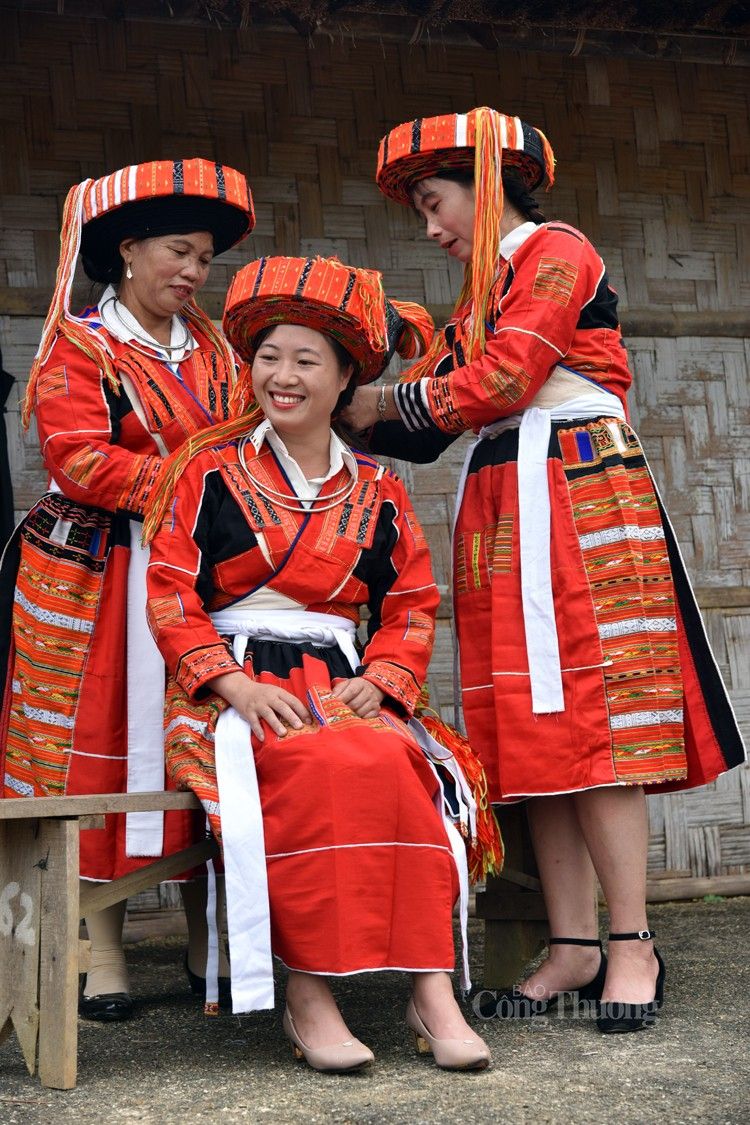
Pu Peo (Bố Y) & Co Lao
-
Look: Rarer to spot; Pu Peo may wear bright yellow headscarves and geometric shoulder panels; Co Lao favor strong sashes and color-blocked jackets.
-
Tip: If you’re lucky to be invited for photos, be extra respectful—these communities are small.
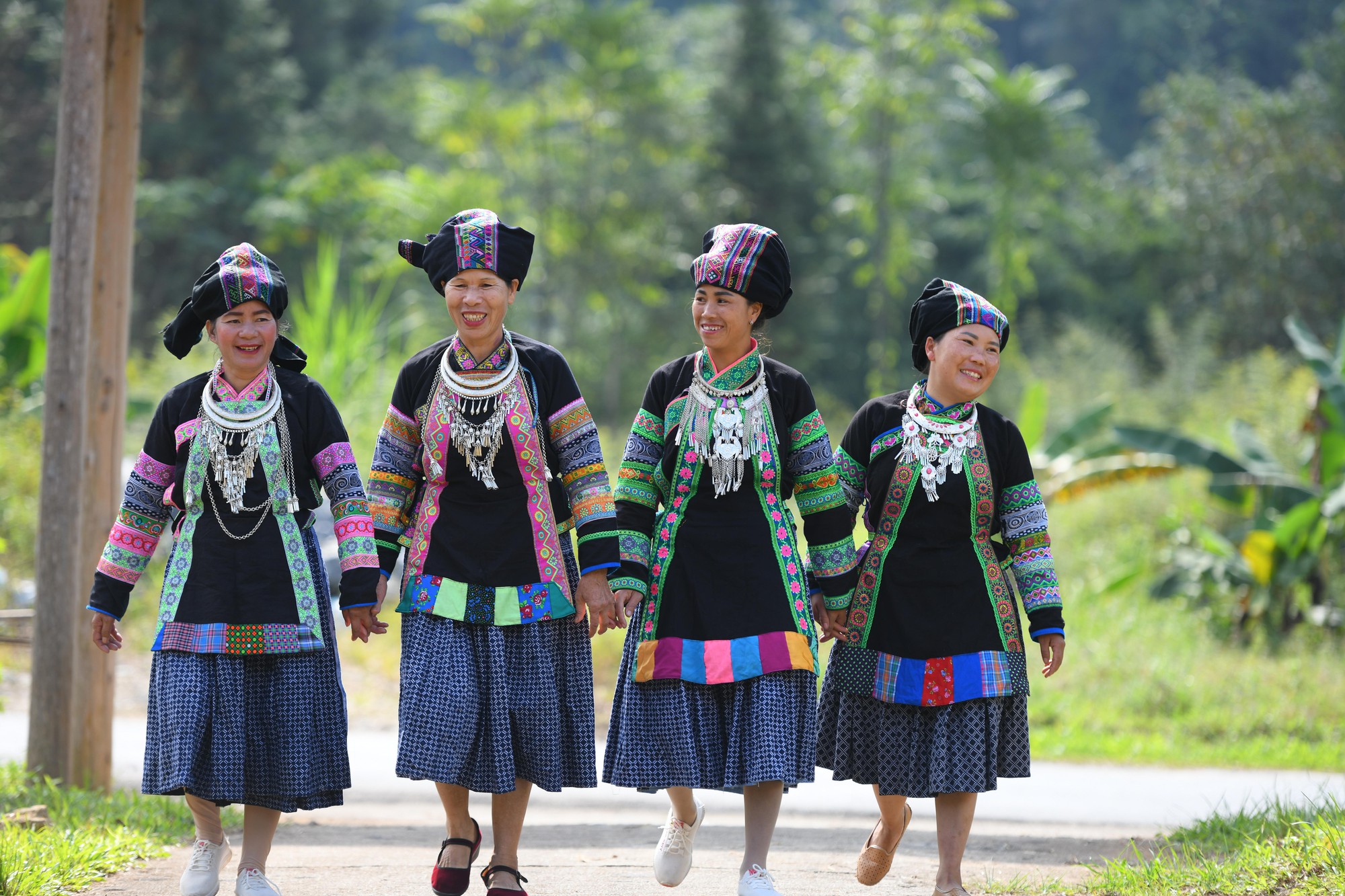
Where to see ethnic costumes in Ha Giang (and when)
-
Dong Van Sunday Market & Meo Vac Sunday Market: Dense variety of dress styles; best for candid market scenes.
-
Lo Lo Chai (near Lung Cu): Everyday Lo Lo wear and craft demonstrations; ask before portraits.
-
Nam Dam (Dao village, Quan Ba): Embroidery and herbal-bath culture; good for buying legit Dao textiles.
-
Seasonal festivals: Khau Vai Love Market (spring) and local harvest/new-year events—expect peak dress.
Photo etiquette: Smile, greet, and ask before close-ups, especially of children. Offer to buy a small item or prints if you make a longer portrait session.
Buying guide: how to shop responsibly
Handmade vs. factory-made:
-
Handmade pieces show tiny irregularities, depth in indigo, and knots on the reverse of embroidery.
-
Factory copies look too uniform; neon threads without depth, printed “batik” instead of wax resist.
Fair pay & provenance:
-
Buy directly from the maker or community-led cooperatives. Ask how long a piece took; a batik hemp skirt can take weeks to months.
-
Prefer natural-fiber items (hemp/cotton) over cheap polyester imitations.
Care tips:
-
Cold hand-wash with mild soap; no bleach. Indigo may “bloom” dye at first—wash separately.
-
Dry flat/shade; avoid prolonged sun to protect color.

Reading the meanings: motifs, color, and jewelry
-
Spirals & meanders (Hmong/Lo Lo): cycle of life, river paths, mountain switchbacks.
-
Crosses & diamonds (Dao/Hmong): balance, protection, rice fields from above.
-
Red trims (Dao/Pa Then): luck, celebration, life-force.
-
Silver torque & pendants: protection for the body, family prosperity, and a statement of craftsmanship.
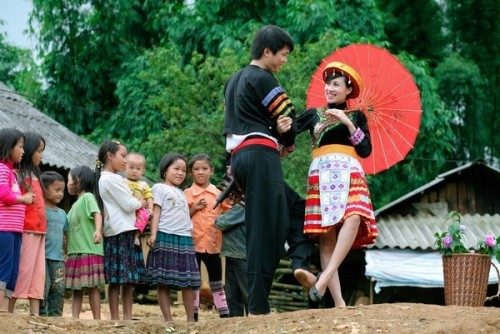
Ethical photography & cultural respect
-
Ask, don’t sneak. A quick gesture and eye contact go a long way.
-
Offer value. Buy a small scarf, bracelet, or donate to a women’s group if you’re doing a longer shoot.
-
Share back. If you take portraits, offer to AirDrop or print later; many travelers mail prints on their next trip.
-
Dress modestly in villages; keep drones low-profile or skip them in tight alleys.
Sample half-day “costume & craft” loop (from Dong Van)
-
Early market visit (Dong Van or Meo Vac) for natural street scenes.
-
Coffee break-review photos, buy something small (cake/fruit).
-
Village craft stop (Lo Lo Chai or Dao Nam Dam on a different day): watch embroidery/batik; ask before photos.
-
Golden-hour portraits on a quiet lane-only with permission.
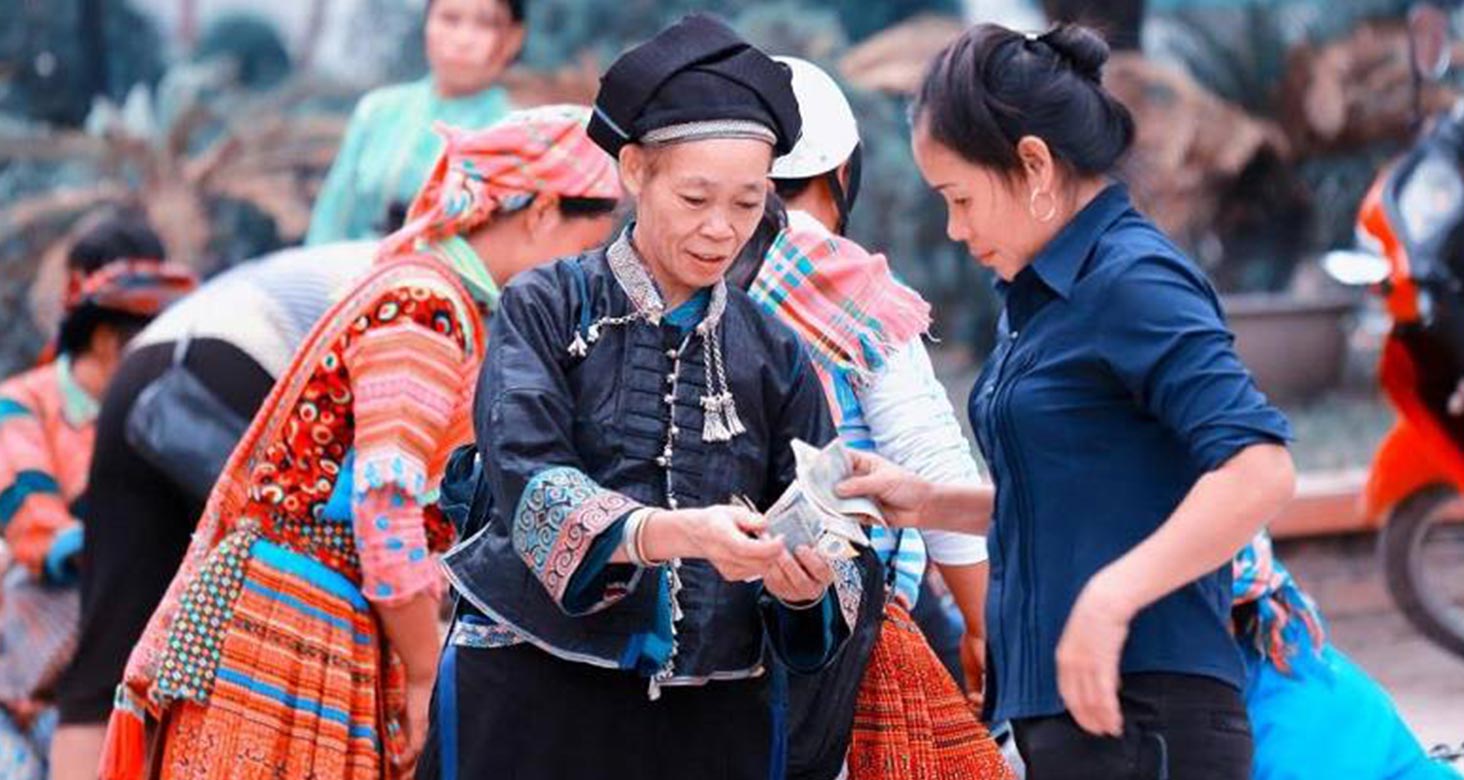
Practical packing for textile lovers
-
Light, respectful clothing (shoulders/knees covered in villages).
-
Zip pouches for small purchases; dry bag for rain.
-
Microfiber cloth and polarizer for photographing indigo and beadwork.
-
Cash in small bills (10k–50k VND) for markets; many stalls are cash-only.
FAQs – Ethnic costumes in Ha Giang
Are costumes worn daily or only at festivals?
Both. Everyday versions are simpler; festival outfits are fuller, heavier, and more ornate with coins, beads, and layered embroidery.
Can I rent traditional outfits for photos?
In some villages/shops, yes. If you wear a set, treat it with care and avoid muddy trails; always return it clean and folded.
Is it OK to bargain?
Gently. For handmade work, undercutting can be disrespectful. A small, polite discount is fine; pay fairly for months of labor.
How do I tell real batik from printed fabric?
Look for wax lines that penetrate the cloth and small inconsistencies. Printed imitations are flat and uniform, with no wax residue.
What should I avoid buying?
Mass-produced “tribal” costumes that misuse sacred symbols or claim to be vintage when they aren’t. If provenance feels vague, walk away.

Conclusion
Whether it’s the clean indigo lines of the Tay, the ornate beadwork of the Lo Lo, or the flame-red turban of the Red Dao, ethnic costumes in Ha Giang are a museum without walls. See them respectfully at Sunday markets in Dong Van and Meo Vac, or in villages like Lo Lo Chai and Nam Dam. When you buy, choose handmade, fairly priced pieces that keep skills alive—and ask makers about their craft so the story travels with the textile. Pack light, carry small cash, and treat every portrait as a collaboration. Do that, and you’ll bring home more than souvenirs: you’ll carry a tangible memory of Ha Giang’s living heritage, crafted one stitch at a time.
Plan your adventure today! For more details and personalized support, contact Thelooptours Hotline: +84329196074.


